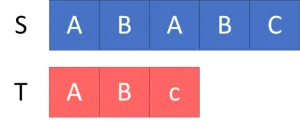In the realm of software engineering, the ability to understand and manipulate low-level systems is a skill that is often overlooked. Yet, this skill can provide a deeper understanding of how software interacts with hardware, leading to more efficient and effective code.
One of the best ways to acquire this skill is through hands-on experience with embedded systems and the C programming language. In this blog post, we will explore the Arduino Mega 2560 Rev3, a popular microcontroller board, and how it can be used to create custom sensor-based logic systems.

Embedded Systems: The Building Blocks of Modern Technology
Embedded systems are specialized computer systems that perform dedicated functions within larger systems. They are the backbone of many daily devices, from smartphones to home appliances. Learning about embedded systems provides a fundamental understanding of how these devices work at a low level, which is essential for any software engineer.
One of the most accessible ways to get started with embedded systems is through the Arduino platform, specifically the Arduino Mega 2560 Rev3. This microcontroller board is based on the ATmega2560, featuring 54 digital input/output pins, 16 analog inputs, and a larger space for your sketches, making it a perfect tool for developing complex projects.
C Programming: The Language of Low-Level Optimization
C is a powerful general-purpose language that offers control over system resources usually found in assembly languages. It is widely used in developing embedded systems due to its efficiency and control over hardware. Learning C can provide software engineers with a better understanding of how their code interacts with hardware, leading to more efficient and optimized code.
Building Custom Sensor-Based Logic Systems
Creating custom sensor-based logic systems involves several steps, including hardware selection, sensor integration, data collection, and data processing. Let's delve deeper into how these steps might be accomplished in the context of the Jarvis v3.0 system.
Hardware Selection
You don't have full access to this post on Amitk.io at the moment.
Subscribe nowAlready have an account? Sign in



